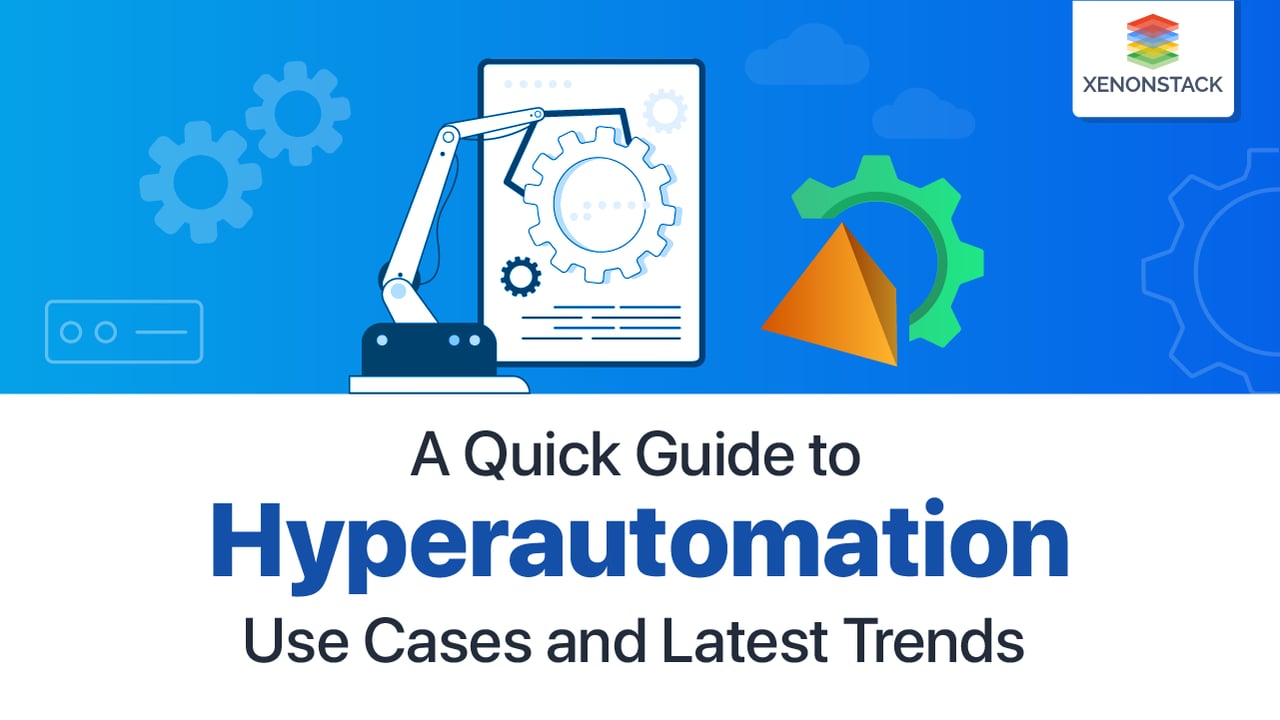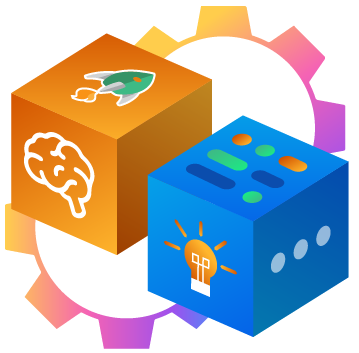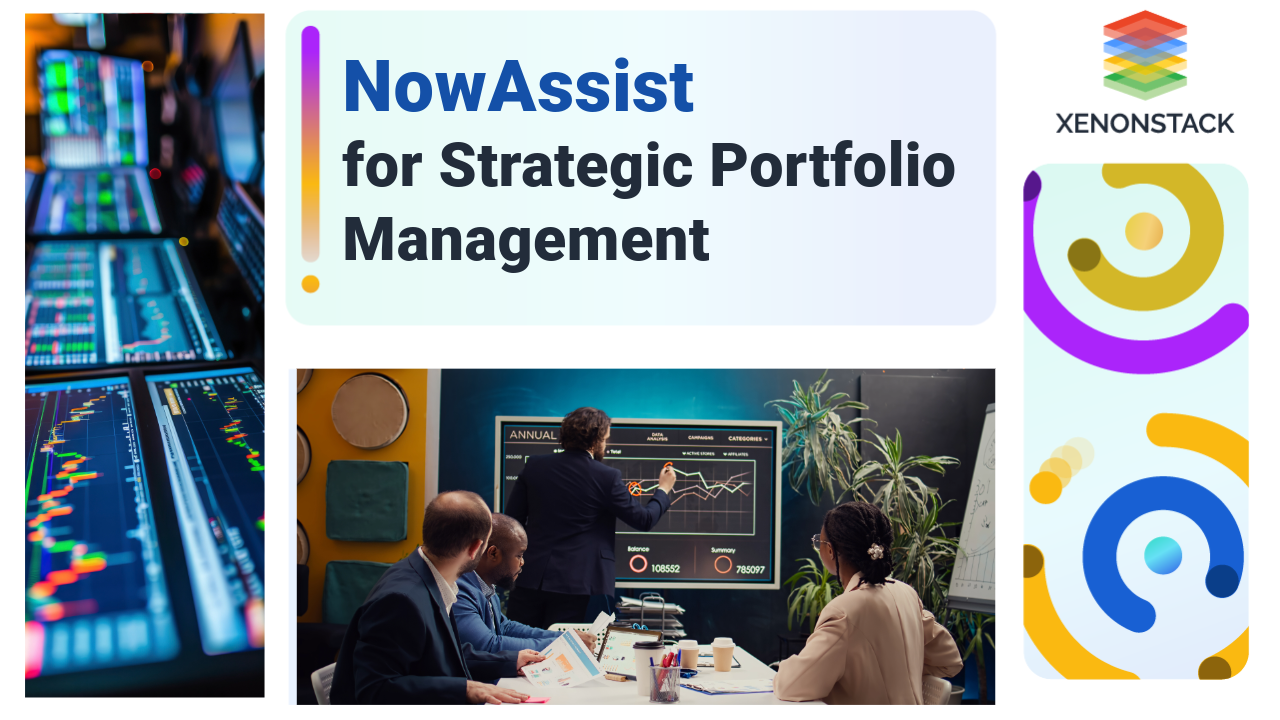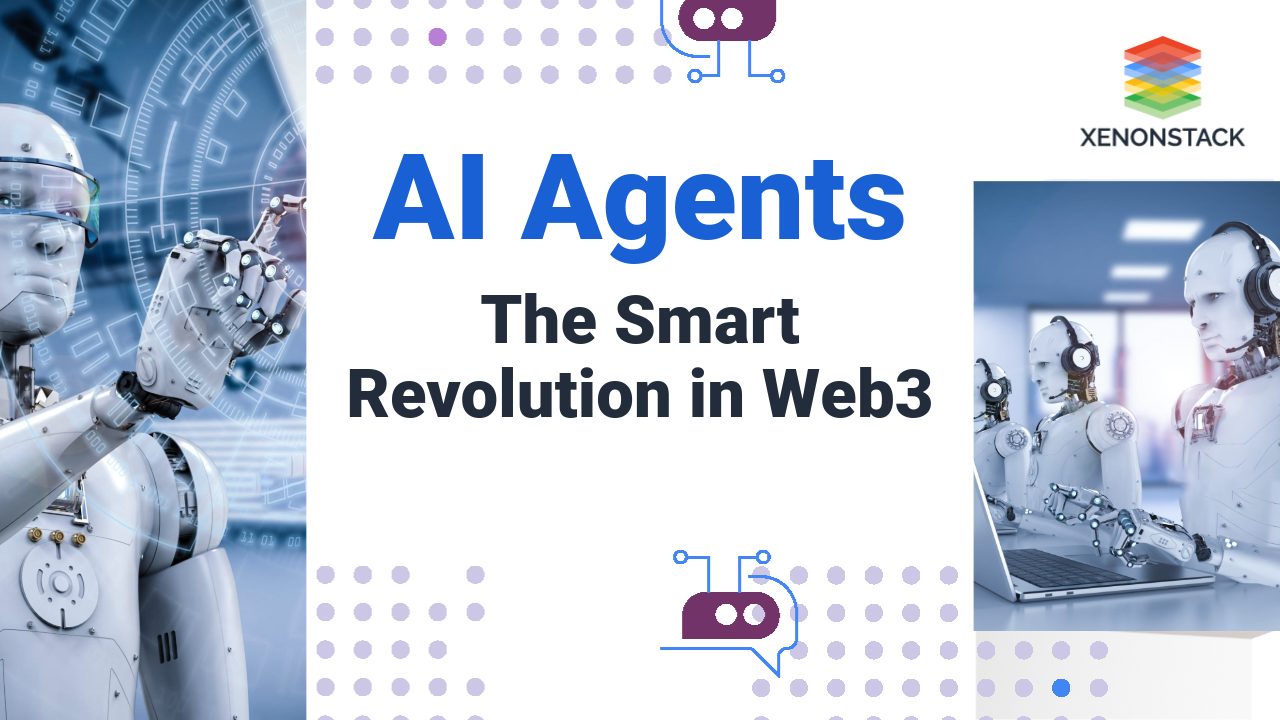
Introduction to Hyperautomation
According to Gartner, Hyperautomation is the advanced level of cognitive automation technology. It includes RPA, AI, ML and NLP, OCR, and other advanced technologies. Hyper Automation is about additional intelligence and adopting a more effective system-based approach to growing automation initiatives. It is rapidly rising with the evolution of automation technologies. It allows automation to do virtual tasks performed by business people by merging AI technologies with RPA. It takes to the next level for detecting and generating automation processes dynamically. It allows companies to combine with intelligent working environments. Change in transition has led to a new age for businesses that rely on technology and automation instruments to keep their edge competitive. It mainly focuses on efficiency and scale flexibility. The global hyper-automation market is expected to grow at a compound annual growth rate of 16.5% from 2022 to 2030 to reach USD 118.66 billion by 2030.
Leverages the capabilities of existing automation in a way that they come out more significantly to society. Taken From Article, Hyperautomation solution for Modern Businesses
According to a survey from Deloitte, Combining RPA and AI helps businesses achieve more than expected.
- Improve 90% of data quality and accuracy
- Reduce 59% of operating costs
- Boost 86% of productivity
| Improve Customer Experience | ||
| Combining RPA & AI | RPA Only | |
| Expected Expectation | 26% | 21% |
| Met Expectation | 52% | 42% |
| Improve Accuracy | ||
| Expected Expectation | 35% | 21% |
| Met Expectation | 61% | 67% |
| Improve Accuracy | ||
| Expected Expectation | 16% | 8% |
| Met Expectation | 52% | 46% |
Onboarding hyper-automation to your enterprise will be a massive improvement for your business. Hyperautomation reduces costs while increasing efficiency, productivity, and quality. It also leads to increased customer and employee satisfaction.
Some needs and goals that drive organizations towards hyperautomation include the following:
- The need to keep up with demand
- Outdated work processes resulting in latency/inability to compete
- The inability of corporate IT to keep up with the needs of the business due to a lack of resources or knowledge
- Employee curiosity and ambition
- The need to meet regulatory compliance
- The desire for consistency of production and higher quality products with less (or no) human error
These needs and goals have resulted in a surge in hyperautomation adoption across many industries.
Why we should embrace Hyperautomation?
- Handling Structured and Unstructured Data in Various Forms – Businesses receive large amounts of structured and unstructured data daily. Hyperautomation helps process big data by combining AI, machine learning, and software to create a perfect data network architecture.
- End-to-end Automation and Lifecycle Management – With the help of software robots, hyperautomation can be aligned with corporate strategy to streamline end-to-end business processes. Optemix provides a structured framework and a well-defined roadmap.
- Automating Complex and Lengthy Processes - Fusing RPA and AI to solve complex business problems with hyperautomation. It is programmed to reduce human error, eliminate bottlenecks, and accelerate time to market by creating fully automated workflows. Hyperautomation optimizes processes by identifying and solving problems and avoiding delays and failures.
- Learn, Evolve, Improve Over Time – Hyperautomation is designed to identify and solve complex problems, learn from processes, and improve to avoid future mistakes. Organizations are embracing hyperautomation as a one-stop shop for cross-functional, cross-domain automation to achieve scalability, higher ROI, and faster deployment speed.
Enables the Automation of virtually repetitive tasks that business users implement. Taken From Article, Google’s Roadmap for Hyperautomation
How to Scale Businesses with Hyperautomation
- Delivering a Digital Workforce: By combining RPA with cognitive intelligence, you can build an intelligent Digital Workforce. These Digital Workers will be able to connect to diverse business applications, work with unstructured and structured data, analyze data to make smarter decisions, and discover new automation opportunities. Acts as a hyper-automated change agent with A digital workforce that empowers every part of your organization, including people, processes, and technology.
- Integration with the power of artificial intelligence (AI): RPA + AI is an integral component of hyperautomation. Quickly identify and automate any business process by leveraging an evolving set of AI technologies. From managing the entire automation lifecycle at scale to discovering automation opportunities and measuring ROI, the integration of AI sets Digital Workers apart from others adopting standard automation approaches.
- Advanced analytics for actionable insights: RPA is limited to structured data for analytics. Hyper-automation technology provides powerful analytical tools and capabilities for working with structured and unstructured data.
- Business Process Management: One of the critical components of hyper-automation that unlock the full potential of the automated enterprise is business process management (BPM). Introducing new digital tools into their business processes can be difficult for organizations unfamiliar with automation. BPM is the foundation for planning, building, monitoring, and improving a successful automation strategy for such organizations.
Whar are the latest trends of Hyper Automation?
- Introduction of SuperApps: Super Apps is a complete application all-in-one tool that a user has on their phone to meet all their digital needs and has the flexibility to add and remove whenever needed.
- Metaverse: Metaverse is a virtual environment that combines many different technologies, such as augmented reality (AR), virtual reality (VR), artificial intelligence (AI), 5G networks, AI, etc., to allow people to communicate, work, and study. The Metaverse is a highly “evolved” and emerging technology regarding interactions between humans and AI, on which hyper-automation is built.
- Machine learning impacting Hyper Automation: Machine learning algorithms continuously analyze data inputs and identify patterns used to make more accurate predictions. The advantage of ML-based code generation tools is that they contain cloud-hosted ML models that can be easily inserted into an experienced developer's integrated development environment.
- Hyper automation will arrive in a new era of “digital twins”: Hyper-automation ushers in a new era of “digital twins”: In manufacturing, 65% of decision-makers expect to use hyper-automation to create digital twins of their operations in the next few years. The concept is similar to his NASA Apollo program, which created a replica of a lunar lander on Earth. Digital twins require large amounts of data to replicate real-world situations effectively. Hyper-automation is the perfect data hog to fuel this trend.
- Increase in No-Code / Low-Code Tools: As companies focus on their digital transformation journeys, using low-code solutions with RPA and digital process automation is essential in attaining hyper-automation goals. Low-code solutions are the backbone of hyper-automation, giving business teams more power to operate faster and smarter. As a result, they empower IT and business teams to quickly build applications and collaborate while helping organizations save time and money.
- Data will be seen in 3D: The world is swimming in data. But it is mostly one-dimensional, which offers few genuine insights. Context gives it a real-life slant, offering an extra dimension to making decisions around the data. There are already examples of companies that can combine weather information, supply chain data, and worker scheduling to visualize and avoid delivery bottlenecks. Visualizing this data and context gives companies a 3D view of anything they need visibility into, ensuring their implementations are done correctly and at the right time.
An Enterprise AI Chatbot Platform provides a comprehensive solution for businesses to create, deploy, and manage chatbots. Taken From Article, Enterprise AI Chatbot Platform
Use Case of Hyper Automation in different industries
- Banking: Banks can use hyper-automation in various ways, including regulatory compliance, marketing, sales, distribution, customer service, payments, loans, and office operations. One example is intelligent character recognition that allows banks to improve their “Know Your Customer” processes and compliance by transferring manually written customer information into electronic versions for faster analysis and action.
- Healthcare: The healthcare industry can use hyper-automation to create intelligent billing processes by collecting and consolidating billing details from various departments without human involvement. One example is AI and RPA identifying medical policy coverage and conditions, while intelligent chatbots can support and automate bill submissions. Voice recognition can enable the transcription of speech into text, increasing the handling of cases to thousands at once. The combination of intelligent processes improves back-office and customer-facing operations, enhancing the overall customer experience and operational efficiencies.
- Call Centers and Customer Service: Another example is using RPA and AI in call centers to automate manual processes people perform, like mouse clicks and application launches, to help agents pull information about a client from multiple systems simultaneously. It will allow agents to see more complete customer profile tasks when they call without switching between screens. This technology can be applied to other service-related functions like project automation and package tracking.
- Condition Monitoring: Condition monitoring is an analysis of the critical parameters of an asset, eliminating the possibility of human judgment when faults are detected. Your condition monitoring application can identify an overly vibrating part or asset operating at high temperatures. With a condition monitoring app, you can implement automatic alarms that notify your teams when an anomaly occurs. Condition monitoring can be applied to assets, installations, and systems.
- Preventive Maintenance: Preventive maintenance is an industrial IoT solution that continuously collects and analyzes asset health and performance data in real-time to understand the root cause of quality and manufacturing issues.
Future of Hyperautomation
The hyperautomation market is expected to grow annually at a CAGR of around 23.5% by 2022-2028. Hyper Automation is an upcoming technology transformation that will continue to impact companies in almost every industry. People may concentrate on those with a more excellent value for the business, free from repetitive, rule-based, and low-value/low-code jobs. Automation and human participation combine to give enterprises enhanced client experience, reduce operating costs, and increase profitability.

Conclusion
As per Gartner’s prediction report, “by 2022, 65 percent of organizations that deploy robotic process automation(RPA) will introduce artificial intelligence(AI), including machine learning(ML) and natural language processing(NLP) algorithms.” Hyperautomation is an upcoming technological transformation that is a boon and continues to benefit large businesses. AI and ML are essential in improving hyper-automation's overall efficiency. By understanding these, they can prioritize their digital transformation decisions and strengthen their efforts to achieve maximum benefit. As a result, prices are reduced, and customer experience is typically improved. The use of hyper-automation is likely to increase rapidly.
- Explore about Robotic Process Automation vs Traditional Automation
- Read here about Manufacturing Process Automation


